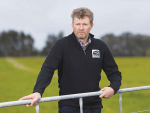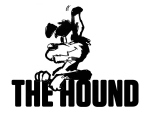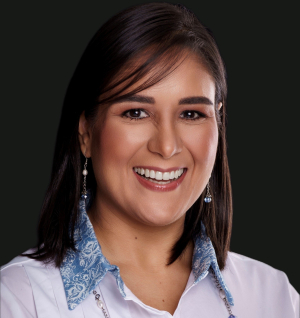As the New Zealand dairy industry has expanded rapidly in recent years so too has the dairy support farm.
So what is the dairy downturn going to mean for the dairy support farmer? This important question needs serious thought by both sides of the industry.
Already we have seen many dairy animals not go out to previously arranged winter feed. Thankfully for those farmers who had grown this feed, the South Island drought and North Island floods meant there was an alternative market on which to sell it.
As dairy farmers trim costs many are also reducing cow numbers which in turn will mean fewer animals need to be retained and possibly young stock could now be grazed on the dairy platform.
So fewer stock to be grazed and reduced feed requirements for dairy farmers will see dairy support farmers having to review their farm policies.
The strength of beef and the favourable outlook will be seen by many dairy support farmers who have lost dairy stock as the logical policy to follow. This policy change would then pose another question: is there sufficient young beef stock to meet an increasing demand?
For dairy farmers to rear significant numbers of dairy beef calves will require a major mindset change -- from every possible drop of milk in the vat to one of assessing all possible revenue streams from their herd.
If we do see a swing to more beef being farmed and there’s no evident lift in the numbers of young stock reared, the competition for replacement stock will be intense.
Those affected parties should discuss any changes that may occur. If a one sided, abrupt change eventuates, the aggrieved farmer, from whichever side -- because it does happen both ways -- will often avoid entering a similar arrangement again.
It is important to weigh up where you want to be when the dairy industry returns to business as usual. That way, you won’t lose good relationships which may be beneficial in the future.
• Rick Powdrell is Federated Farmers board member.


















